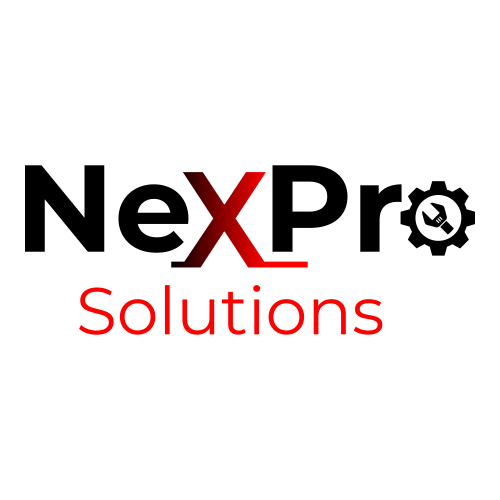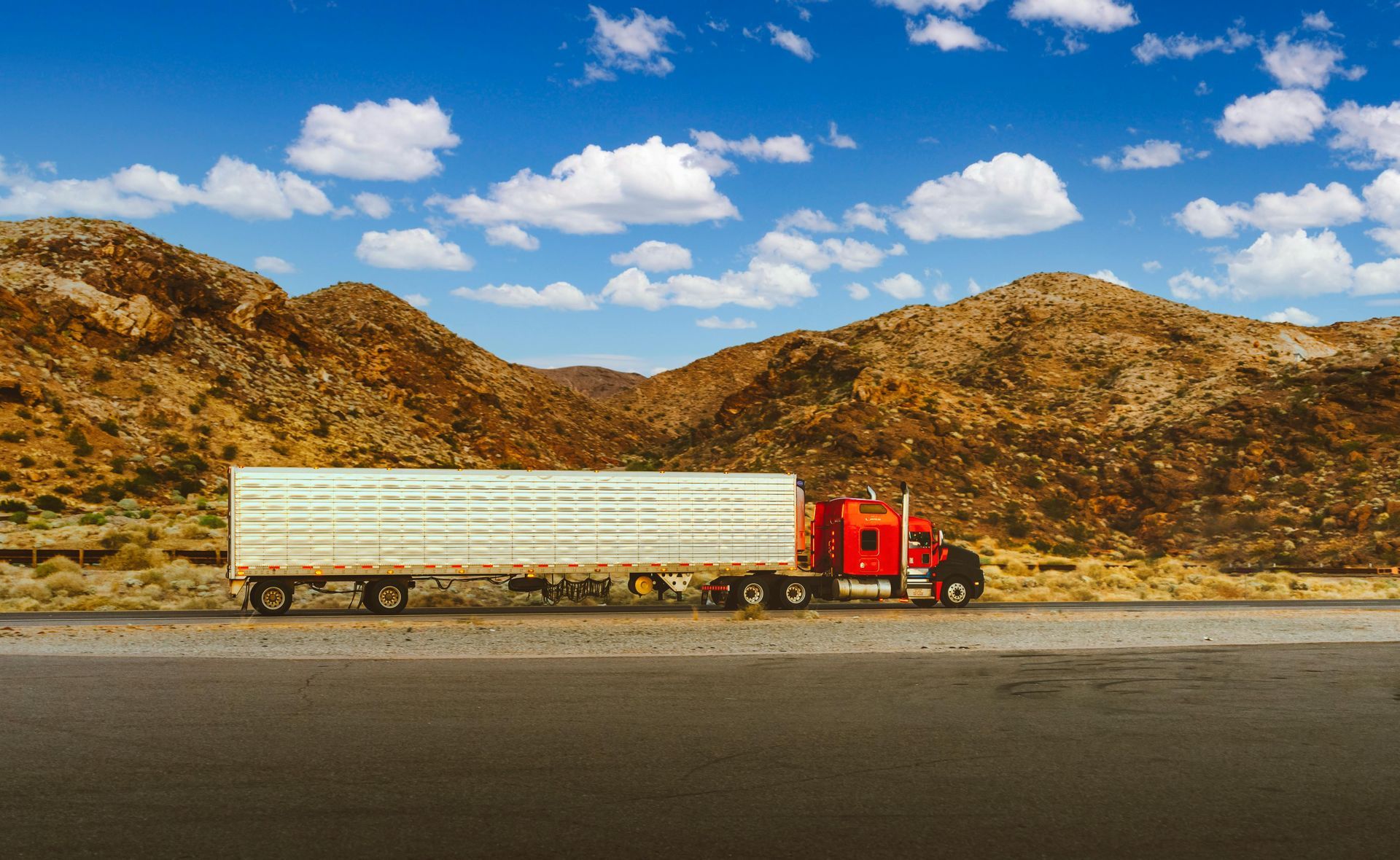How to Win Trucking Insurance Deals in 2025
Tactics for Insurance Agents: Trucking Insurance Focus Beyond Social Media Hype

How to Win Trucking Insurance Deals in 2025
Next-Gen Lead Tactics for Agents: Beyond Social Media Hype
The trucking and commercial auto insurance space is evolving fast. In 2025, it’s not enough to rely on old-school cold calling or generic ads — top agents are combining new tools, data, and psychology to attract and close better leads. Below is a modern playbook with real-world examples you can adopt.
1. Leverage Predictive Lead Data & AI Scoring
Why it matters: Rather than buying undiscriminated lead lists, you want leads that are ready — those whose policies are about to expire, who are expanding fleets, or who have recent violations.
What to do:
- Partner with lead vendors that use AI or predictive models to score leads by likelihood to convert.
- Use data indicators (truck registrations, DOT filings, new business filings) to spot growth fleets.
- Use intent signals: content consumed (e.g. someone reading “best trucking insurance rates 2025”) can flag a warm lead.
Real example:
One top agency subscribes to commercial data feeds (DMV registrations, new authority filings). When a new motor carrier registers a dozen trucks, they trigger automated outreach offering a “fleet startup discount.” Many of those become new clients months ahead of widespread cold calls.
2. Hyper-Niche Content Marketing + Video Case Stories
Why it matters: Trust and authority are essential in insurance. Agents who niche down and share real stories win eyeballs and trust.
What to do:
- Publish short “Your trucking sister saved $8k/year vs old policy” video case studies.
- Create blog posts like “How to insure refrigerated trailers in Florida” or “Insurance for last-mile delivery fleets.”
- Use YouTube Shorts, Reels, or TikTok-style videos (30-60 sec) showing “before vs after” premium savings.
Real example:
An agent in Georgia posted a 45-second video: “How I helped a regional carrier slash their liability cost by 15%—without raising deductibles.” It got shared in trucking groups, and she received inbound calls within days.
3. Use LinkedIn + Industry Forums for Lead Sourcing
Why it matters: Many decision-makers in trucking hang out in professional forums, groups, or LinkedIn — not generic social ads.
What to do:
- Join trucking-focused LinkedIn groups, post insights, answer questions.
- Use LinkedIn’s Sales Navigator to find fleet managers, then message with value (e.g. “I’ve helped fleets reduce their audit exposure — here’s a checklist”).
- Monitor forums like TruckersReport, Reddit’s r/Truckers, industry Slack/Discord groups, and contribute advice (not just sales pitches).
Real example:
One agent answered a compliance question in a trucking discussion forum. A fleet owner privately messaged her, saying, “Thanks — but we still need new policies.” She converted them for $4,500 in premium.
4. Automated Nurture Funnels + Retargeting
Why it matters: Most leads don’t convert on first contact. Nurturing is essential.
What to do:
- Use email drip sequences: “Did you know your renewal is in 90 days?” → “5 audit risks fleets overlook” → “Let’s compare quotes.”
- Retarget website visitors (or video watchers) with ads: e.g. “Get a free trucking insurance audit.”
- Use SMS + Voicemail drops (pre-recorded) for high-priority leads.
Real example:
An agent set an automated flow: when a web visitor reads the “commercial auto” page, they get a 3-email nurture. Then, if they click, they receive a voicemail drop: “Hey, it’s Jane from XYZ Insurance — I saw you checked our fleet insurance guide. Call me when you want to compare quotes.” This pipeline converted ~12% of warm leads.
5. Strategic Alliances & Embedded Referrals
Why it matters: Referrals from trusted sources can shortcut trust barriers.
What to do:
- Partner with truck brokers, dispatch services, factoring companies, compliance firms, telematics providers. Offer them a referral fee.
- Embed “insurance check” in onboarding of trucking software or lease programs.
- Run joint webinars with fuel card providers or maintenance firms about “risk management for fleets” and co-promote.
Real example:
A compliance software firm agreed to let the agent place a “Get a free policy check” button in their dashboard. Over 6 months, that delivered 38 leads directly from their user base.
6. Speed, Personalization & Conversational Outreach
Why it matters: In 2025, automated tools are everywhere — but human touch still wins.
What to do:
- Prioritize responding within 5 minutes to inbound leads.
- Use personalization: start emails/messages with “I noticed you have a fleet of 8 trucks” vs generic “Dear Prospect.”
- Use conversational scripts, not sales monologues. Ask about their pain, then relate with a mini case story.
Real example:
One agent had two SDRs (sales development reps) standing by after office hours. When a lead came from nighttime browsing, they responded immediately with “Saw you downloaded our trucking cost guide — got a quick question about your fleet?” That immediate attention helped close 28% more of those “off-hours” leads.
7. Data Tracking, Attribution & Scaling
Why it matters: If you don’t know which channels work, you’ll sink money.
What to do:
- Use a CRM that tracks source, campaign, cost, and outcome.
- A/B test lead vendors, ad creatives, email copy.
- Cut underperforming channels monthly; double down on channels that convert.
- Monitor metrics: cost per lead, cost per acquisition, LTV (lifetime value).
Real example:
An agency noticed that leads from Forum X cost $100 each, but converted at 30%, while social media leads cost $30 but converted only at 5%. So they cut social media spend and reallocated to Forum X — improving ROI by 3× in six months.
8. When (And How Much) to Use Social Media Ads
Why it matters: Ads are not inherently bad — they just must play a supporting role, not the lead backbone.
Smart use cases in 2025:
- Use video case-study ads to warm audiences who visited your site.
- Promote a free audit or eBook like “Top 5 Audit Mistakes for Fleets in 2025.”
- Use hyper-targeting: target fleet owners, logistics companies, or specific geographies.
- Limit budget until you’ve proven your funnel. Don’t go all in prematurely.
Rule of thumb: Only use social media ads after your organic / direct channels are working and you have a tested funnel.
The 2025 Edge: Stay Ahead by Being Smart & Systematic
In 2025, the agents who crush it in the trucking insurance space are those who combine data, automation, relevance, and relationships. They don’t waste money on mass social media blasts. They design a funnel, optimize it, and let strategic ads and referral systems plug in to scale.
Focus your energy first on channels you can validate (predictive leads, alliances, forums), and then layer in social media as a credibility amplifier. With that hybrid approach, you’ll attract, nurture, and close more trucking insurance deals — and outpace agents still doing the same old cold calls.
Share Content.









